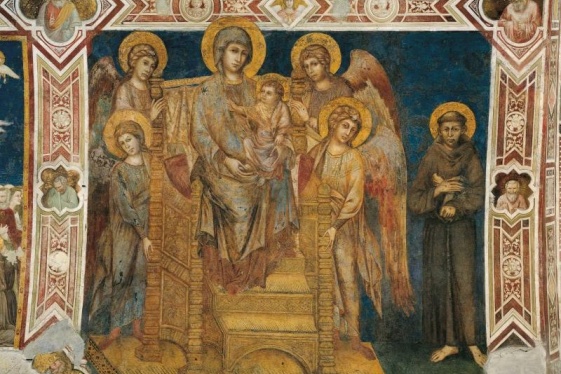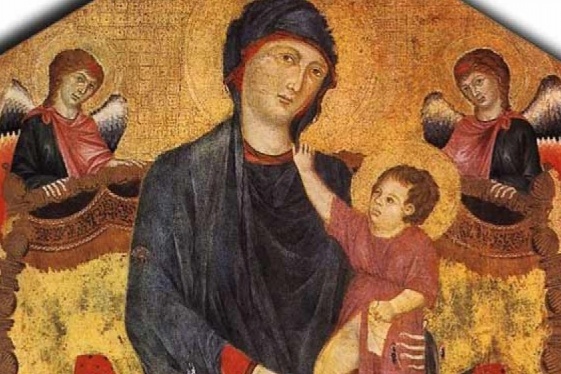Cimabue, the genius Italian painter eclipsed by Giotto
Only a dozen of his works are known to exist, along with a few frescoes and mosaics in Assisi and Florence. Almost nothing is known about this 13th-century Italian painter, and even the meaning of his nickname, Cimabue (pronounced chee-mah-BOO-eh), remains a mystery. Who was he really? It's his works, the only witnesses to his genius, that allow us...
READ MOREWas Cimabue the true father of the Italian Renaissance? New restoration reveals pivotal innovations
For centuries, the Italian painter Cimabue has been overshadowed by his more famous pupil Giotto, who is widely credited with ushering in the Renaissance. But a restoration project undertaken by the Musée du Louvre in Paris on Cimabue’s La Maestà (around 1280) is challenging these long-held assumptions, revealing how many critical innovations were...
READ MOREFerrari to Fund Restoration of Cimabue Fresco in the Basilica of Saint Francis of Assisi
He’s remembered for renouncing his riches and devoting himself to a life of poverty. But Saint Francis of Assisi — one of the two patron saints of Italy and among the most venerated figures in Christianity — has a flashy new investor in his legacy: Ferrari. The Italian luxury sports car company will fund a restoration of the Maestà di Assisi (Mado...
READ MOREHeaven on Earth Through the Eyes of a Trecento Maestro
With the legal name of Cenni di Pepi, and the common moniker of Cimabue, came a revolution in medieval Italian art. As the most celebrated Florentine artist of his generation, Cimabue (pronounced chee ma BOO ay) is hailed for transitioning Italian art out of the flatness of Byzantine icons to the beginnings of the naturalism that would culminate a...
READ MORE





